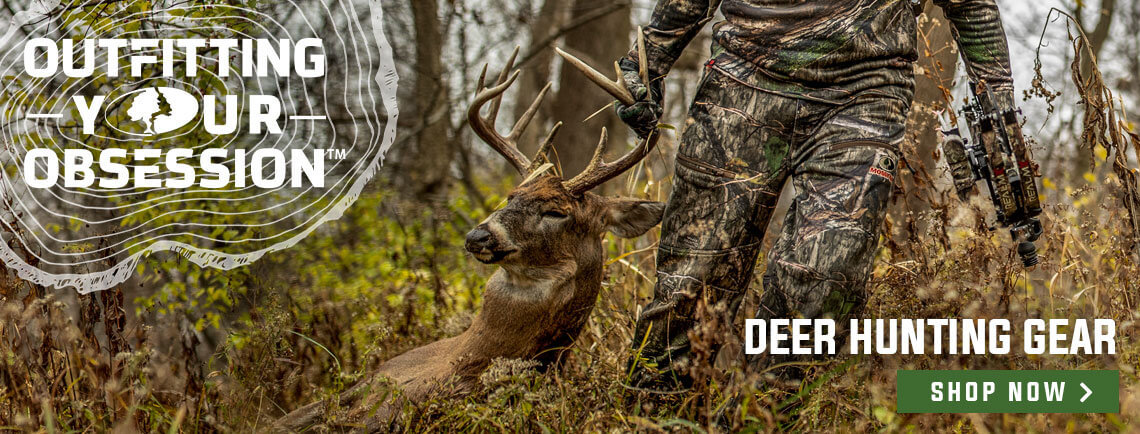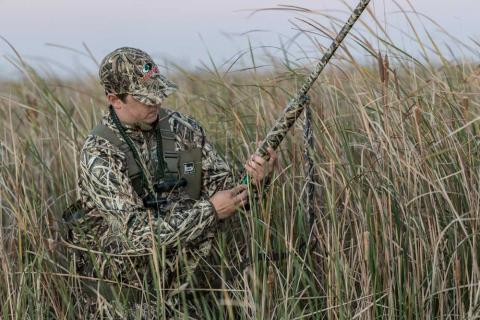Bob Humphrey
The cold is starting to dampen your enthusiasm when a decent 8-point buck steps into your shooting lane. He is not the hit list trophy you spent all fall seeking but it is the last day of late muzzleloader season. First, you remember that old adage: Never pass up a buck on the first day that you’d shoot on the last. Then another, never look a gift horse, or deer, in the mouth, and you squeeze the trigger.
Approaching the fallen deer, you are suddenly struck with confused concern. No antlers! There is no way you could have made that mistake and accidentally shot a doe. Closer inspection reveals the real story. While his right antler is still intact but buried in the snow, the left side is gone, and in its place a patch of bare, bloody flesh. Retracing the buck’s flight, you find the other antler. “Seems awful early to be dropping,” you think.
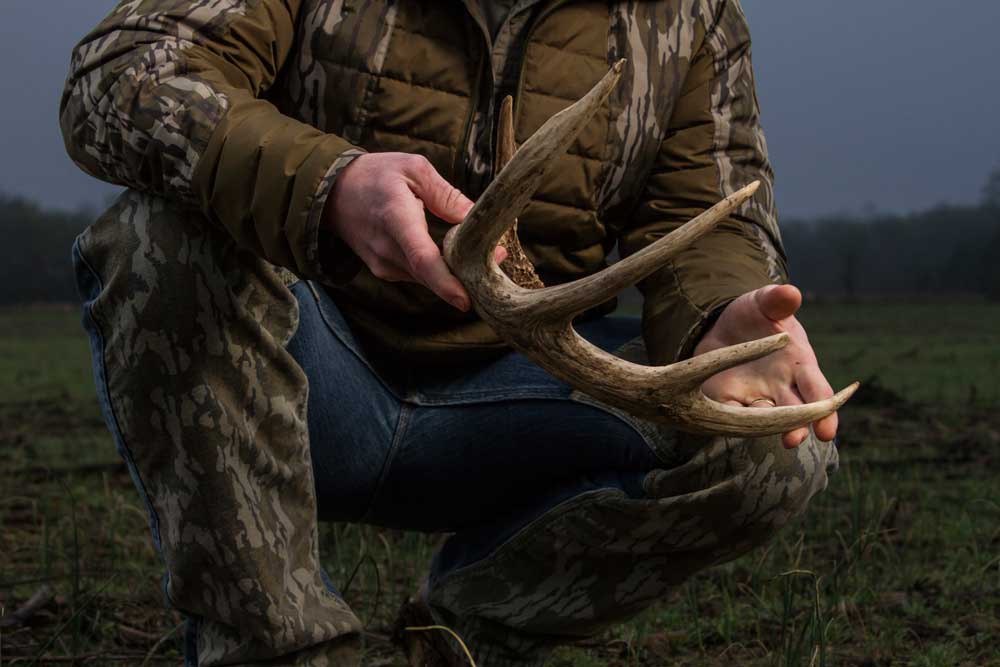
Different bucks shed their antlers at different times for different reasons. In general, seasonal changes in deer physiology and behavior are caused largely by photoperiodism (changes in the amount of daylight). Waning day length prompts a reduction in the production of certain hormones like testosterone. That, in turn, causes an abscission line to form at the pedicel base as connective tissue dies. Then the antlers fall off. However, it is not a precise mechanism, and there are other influencing factors, some of which are inter-related.
Age
In general, older bucks tend to shed earlier. We do not know exactly why but it could be that their “inner workings” have become more efficient over time. Antlers are essentially a tool used to display health and fitness and challenge opponents during the rut. When breeding season ends they are no longer necessary. As they are essentially dead bone, they radiate heat from the head, becoming something of a liability in the cold of winter. So, off they go.
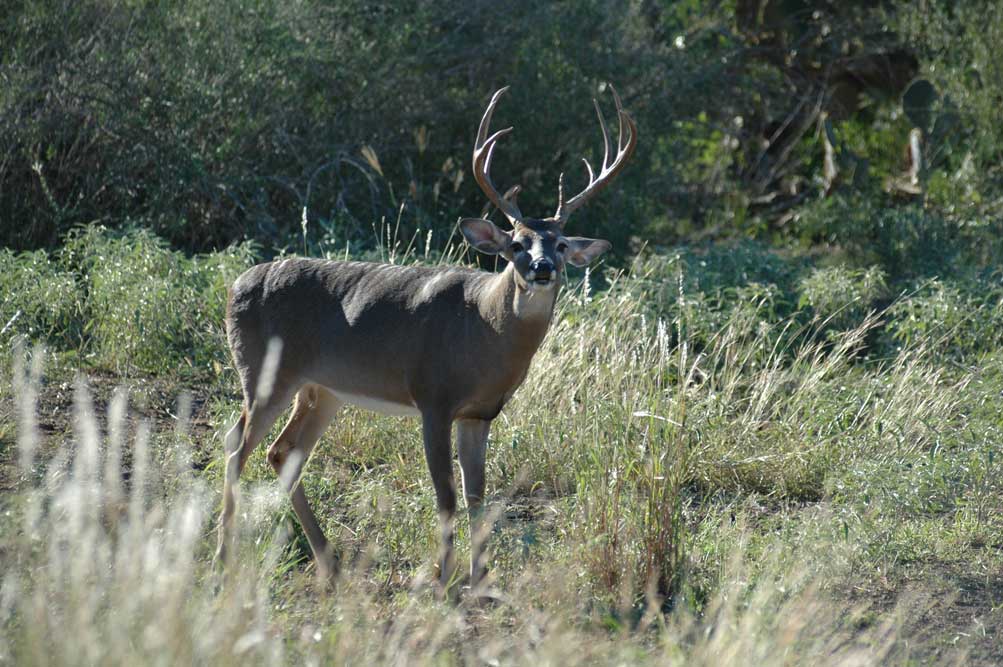
Health
Disease and infection can affect different body systems. Again, as antlers are something of a luxury, poor health could cause a deer to shed earlier. While not always outwardly apparent, health declines more rapidly in over-mature bucks, which is another reason why old bucks may shed earlier. Stress can also be a factor and a buck that is particularly worn down by the rigors of the rut and/or poor nutrition might shed sooner. Even drought could cause more stress or poor health.
Injury
Along similar lines, injury could cause poor health and early drop. Or, it could have the opposite effect, depending on the type and severity of the injury. Damage to the nether regions can also affect antler growth and shedding, and it’s not uncommon for deer with such afflictions to drop antlers late or sometimes not at all. In some cases, the antlers may even remain in velvet.
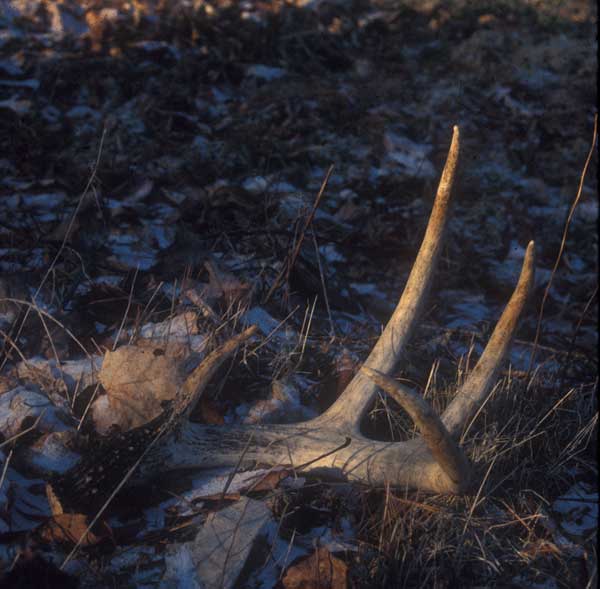
Aberrations
Antlered does do occur, but almost as common are bucks that, through some injury or mutation, do not display all the right secondary sex characteristics. For example, cryptorchidism is a condition where one or both testicles may not descend during early development, and remain within the body cavity. The buck looks like a doe but is a male deer. Conversely, a freemartin is genetically a female but has some male characteristics, like antlers.
Genetics
Every deer is different. Just as some humans have a pre-disposition to go bald at a younger age, some bucks may simply be programmed to shed earlier or later.

